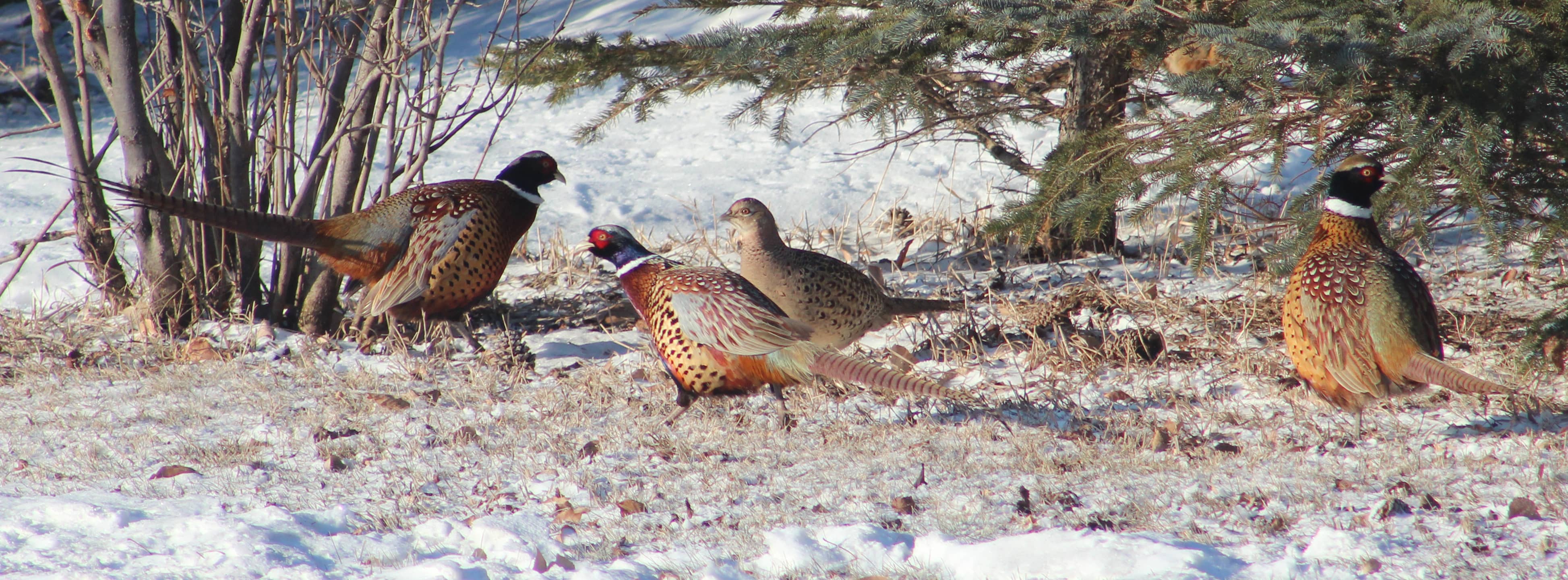
By Nick Simonson
“We now return you to your regularly scheduled program!”
Whether it was Bozo the Clown before school or Saturday morning cartoons, when interrupted by a breaking news story or weather alert, those nine words were a relief during my childhood that no matter what was happening in the world or on the landscape, things would quickly be returning to normal, and I could get back to the day’s routine. For me the firearms deer season is always like that TV interruption of old. It’s not a bad break from the usual upland antics my dog and I get into, but it certainly is a more intense set of circumstances, bringing memorable highs, challenging lulls and a blur of days afield, which I enjoy in a much different sense than those walks through the uplands.
From the pre-dawn drives to a favorite lookout over a tree-lined river bottom, the all-day sits and spikes of adrenaline from the world’s biggest squirrels foraging in the oak-leaf carpet of the bare woods, to the peak heart rates developed as a buck comes into view, capped off by a headlight-illuminated blacktop drive back to town, each day is a season in itself. Even in those years where I have tagged out on the first day or the first weekend, the season seems long as my fellow hunters patrol the gravel roads, and the orange-clad population swells tenfold over the weeks in October.
It is only on the day after the firearms deer season closes, when the dust settles down and that mental broadcast airs, that I can really return to my regularly scheduled pheasant hunting program. But even this late-season routine comes with a transition. Pressure on a changing landscape has moved upland birds around, the weather is typically colder and snow becomes a factor, and the roosters that have made it into the backside of November are smarter and jumpier. Adjusting to these seasonal shifts is just part of the program.
As a result of a completed harvest of the corn, soybeans and other crops which provide pheasants cover, the birds have turned to habitat like taller grasses, sloughs, brushlines and other areas of dense vegetation to remain concealed. Additionally, they utilize these thermal areas to stay warm at night and can often be found there at the start of many chilly morning walks, however, approaching them may not be as easy as a few weeks ago. All around, the world is crisp from hard frosts, snow begins to accumulate, and each step taken toward those traditional pheasant haunts sends out a warning signal in the form of a crunch from cattail reeds or hardened snow on the ground.
Silence becomes golden, and voice commands from the early season to my dog turn into slight whistles and hand gestures in the final weeks. Tailgates are closed with a slight bump of the hip, and a gentle lean is applied to any open truck door to muffle the usual “thunk!” that comes with it, all in an effort to keep those pheasants somewhere out in the nearby expanse on the ground.
Tighter patterning shells become the norm in my vest, and a quick adjustment in chokes is sometimes in order, as wary roosters tend to rise a few yards further away than they did in the early season. Utilizing those loads – which are harder to find this season as well – and moving up from an improved cylinder to modified or modified to full choke helps push pellets a little bit farther on down the line to where those birds are rising. While the game remains the same, the rules have changed and so have the pieces on the playing board.
The situation is not unexpected and is by far my favorite portion of the upland season, as I often go days without seeing another hunter on the landscape, even on the weekends, and enjoy the added challenge and open spaces.
Free to roam the thick cover and pop out to the field edge as those warmer afternoon temperatures settle in, the last month or so of upland hunting brings a program all its own and a welcome regularity that can only be found…in our outdoors.
